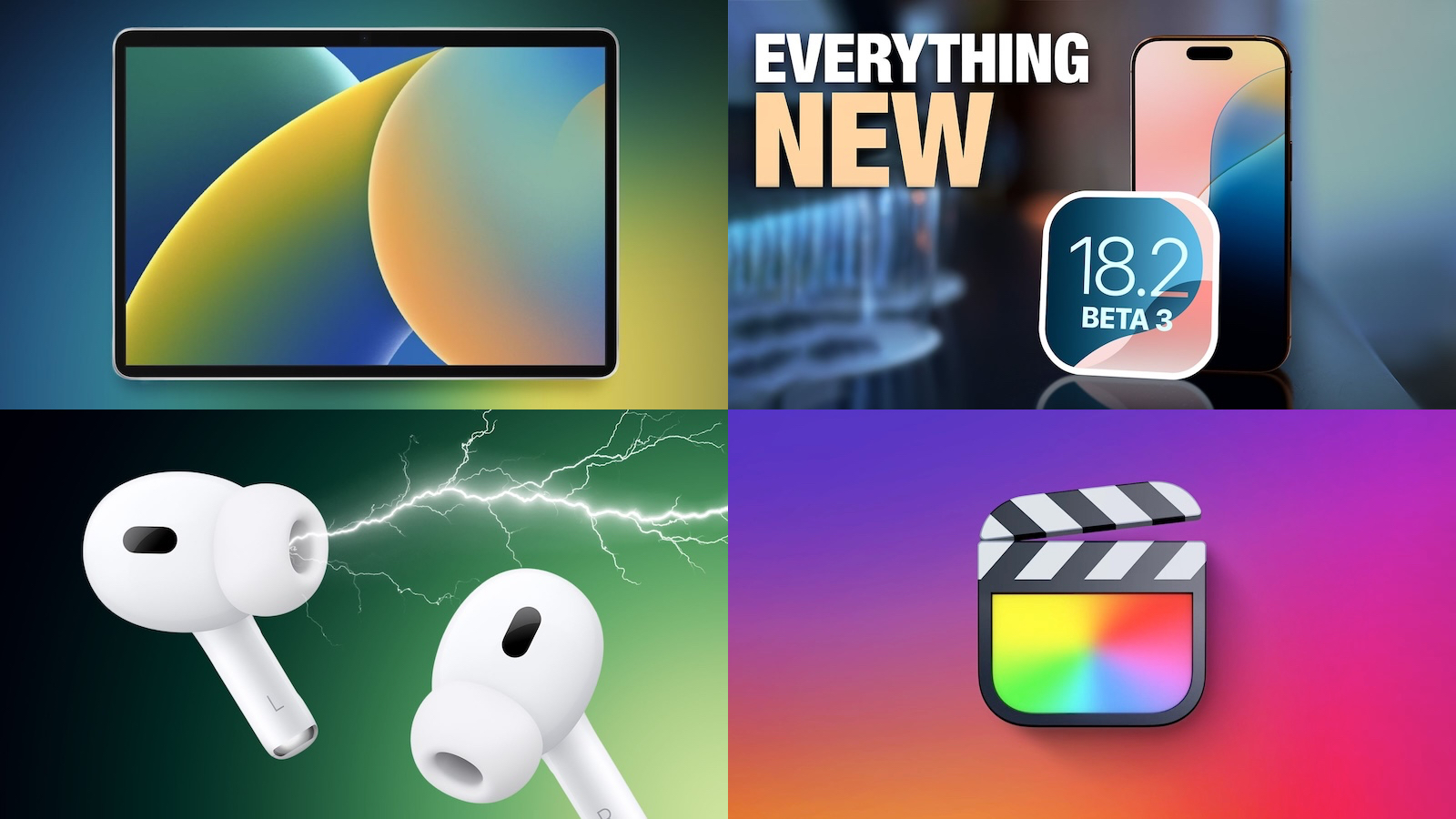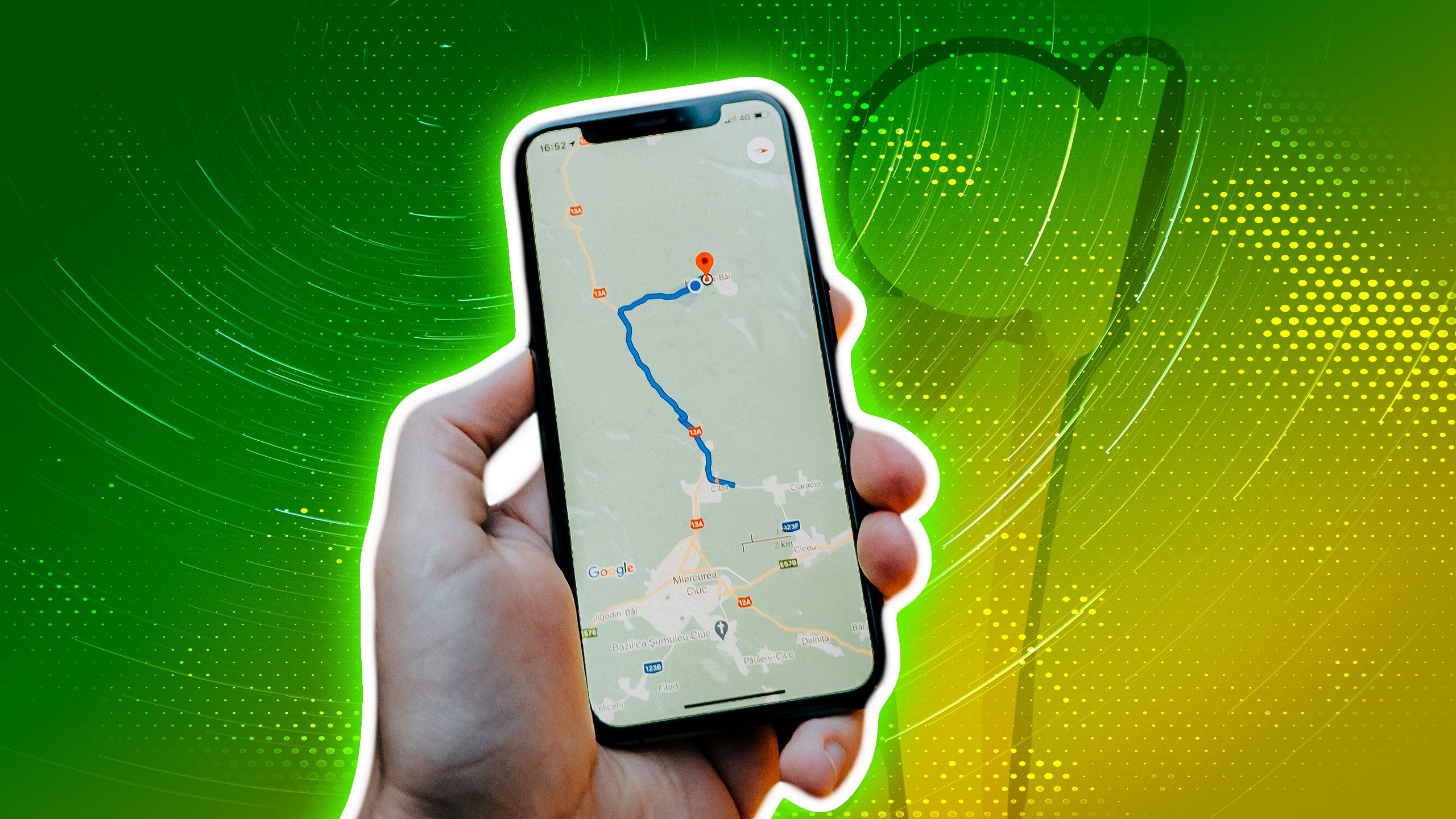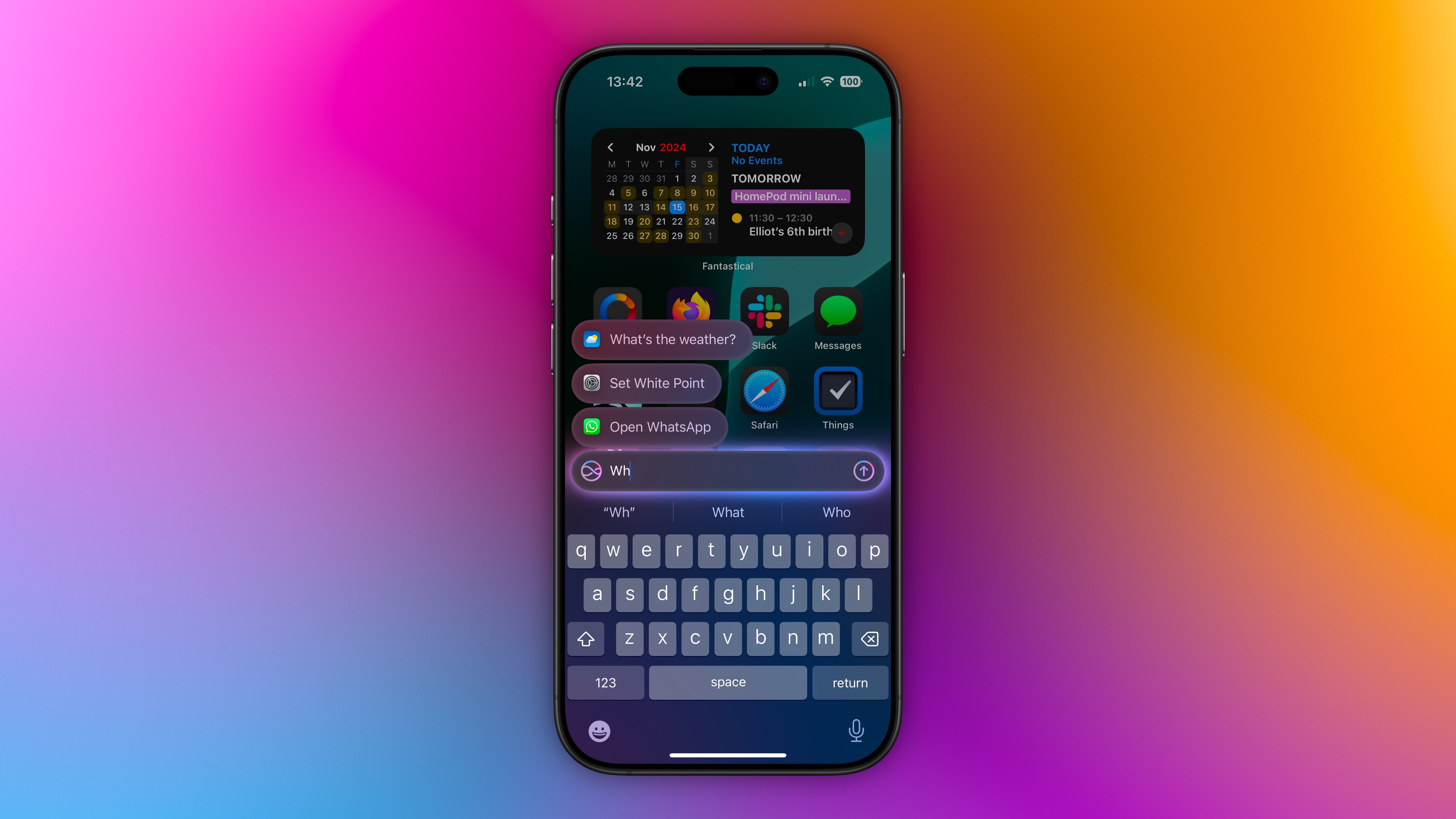How to build a hybrid digital commerce strategy
The future of retail is online. Or is it? Maybe the rhetoric around the transition to fully online shopping has been overplayed and it’s time to take a step back and fall in love with our high streets again.
The figures don’t lie. Research by WP Engine found that 60% of Millennials and Gen Z survey respondents plan to continue using the digital shopping channels they adopted or increasingly used during the pandemic. But that won’t be a complete move to digital-only.
Some 74% of shoppers globally carry out purchases in both online and physical stores, according to YouGov. The focus then should be on creating a strategy that embraces the unique qualities of both types of shopping experiences while preparing for digital experiences to be of increased importance in all locations.
The enduring presence of the high street
For many years, web stores have tried to recreate the personable magic of the high street shopping experience. The truth is that both channels will always be different, and stores should lean into those differences to succeed. Websites can serve to build shopper anticipation.
They can be a place where people see the background of a product and a brand and do their research about whether a particular product is the right fit for them. Websites are also a perfect way for people to find new brands and products they wouldn’t have found any other way. It gives a first impression that translates into a purchase – wherever it takes place.
The high street on the other hand, is where shoppers can get hands-on with products, talk to experts in person, and build in the social aspect of shopping with others.
Although we often label digital natives as the ones who usually shop online, they also love instant gratification. And there’s nothing more instant than picking up an item from a store without the need to wait for delivery.
The key benefit of brick-and-mortar shops is physically experiencing a product, according to YouGov research. This is the unique quality that people will always appreciate.
When buying a premium product in particular, like a car or designer clothes, today’s online experiences fall short of the in-store equivalent. Although we see new technologies on the horizon, websites just aren’t ready to provide the kinds of high-end experiences consumers expect when buying a 4×4 car or a diamond ring.
There’s added pressure on luxury businesses to adapt their retail strategy to the needs of their audience – whether they’re Boomers, Zoomers or anywhere in between.
Through a hybrid digital retail strategy that takes into account the power of physical retail experiences as well as digital experiences, businesses can reach their audiences no matter where they are or how they shop.
Both online and high street retailers can learn from each other, and the power lies in the way they can blur the lines and make shopping more of a seamless experience across the entire customer journey. The first priority should be connecting a consumer to a product or service, not where they bought it.
There are three areas that I think brands should focus on to position themselves for the future of hybrid shopping – where they can be successful both online and in physical stores.
Remove the friction
Physical stores are already taking steps to remove the friction that has sometimes set them behind online retailers. Stores such as Tesco and Sainsbury’s have created till-free cashierless stores, but these stores are still a minority, and companies must also remember that the checkout process is just one area of friction. There’s also a wider buyer journey that they must also incorporate to provide a smoother experience.
Online isn’t exempt from this area of improvement. Yes, one-click purchases have been around for a while but the wider infrastructure is still a pain point for many shoppers.
WP Engine research found that many of the frustrations of online shopping occur away from the website itself – out of stock items, slow delivery, and shipping costs. Wherever purchases take place, shoppers need the reassurance that they will receive honest, transparent information about the products and their availability. This will encourage them to not just make a purchase, but make repeat purchases.
Prepare for spikes
There’s a lot riding on online stores during busy periods, particularly the holiday shopping period from December through January. But that pressure is heightened when a pandemic limits physical shopping. Also, stock shortages, driver shortages and chip shortages create a perfect storm of unpredictability. For shoppers, there’s confusion and frustration.
There’s a need to improve transparency by better connecting the data between physical and online stores. An important aspect of this is the use of load-testing. Downtime is expensive and users get frustrated when pages take too long to load, or not load at all.
It’s therefore vital to ensure you’ve taken all the necessary steps to test what would happen if there were a surge of shoppers that exceeded normal levels. If you’re lucky enough to get a product in a viral TikTok, the influx of new users can crash your site.
An underpowered or under-architectured platform is exposed very quickly when put through its paces and that can affect both online and high street if the same back-end powers everything.
The best approach is to test early and often, particularly around major changes to your site, define KPIs before you test so you know what you’re measuring against, and create test scenarios that involve users going through the entire sales funnel – not just one part of it.
Create content for the future
In addition to the ecommerce infrastructure, the content you create around a product will help to make for a smoother journey where customers feel empowered to make the right purchase decision. A growing number of businesses use WordPress for their websites but also want the option of futureproofing their content and, by extension, their brand. Investigate the benefits of a headless CMS to help maintain relevance wherever your content is presented – both now and in the future.
Usually, the way WordPress works is by wrapping display functionality into themes and plugins, so the front and back ends are tied together. With a headless setup, you’re creating an API-first system, rather than focusing on how the back-end admin will feed the front-end design. So, as long as the API endpoint still exists, content will be able to be called to the places where it needs to be and on whatever platform the consumer is using. Headless future proofs your brand by allowing for new technologies like React or Vue to build new and dynamic sites.
Another way headless future proofs your business is how the content API allows you to send content where it’s needed, regardless of the platform. You can send the same content to phones, tablets, desktops, or in-store kiosks. Headless commerce means you can build a full picture of a customer, instead of having each piece siloed by channel, and send them the relevant discounts or deals at the right time, in the right place.
The future of retail is digital but that doesn’t necessarily mean that it will all be online. Digital needs to be the common thread because the coordinated way of keeping everything and everyone up to date is important. The customer experience comes first, not the tech.
But technology does create the means through which things can be constantly improved. And with customers becoming more expectant of good service, this is the direction that smart retailers need to be headed.
Here is a list of the best ecommerce website builders on the market




